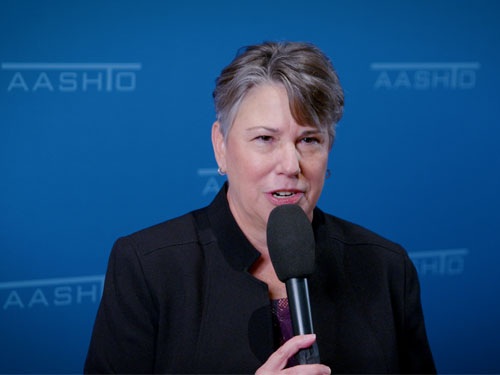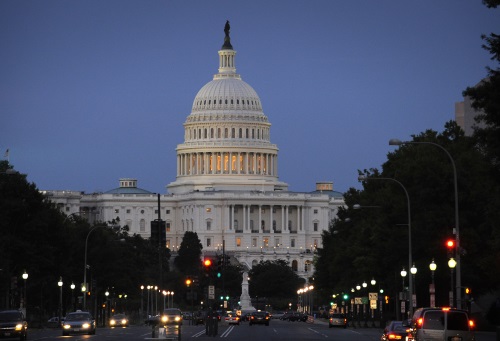The American Association of State Highway and Transportation Officials sent a letter on December 16 to the leadership of the Senate Committee on Commerce, Science, and Transportation and the House of Representatives Committee on Energy and Commerce seeking their support for preserving the 5.9 GHz wireless spectrum for transportation safety needs alone.

The letter, signed by Patrick McKenna, director of the Missouri Department of Transportation and AASHTO’s 2019-2020 president, is the latest response by the organization to the Federal Communication Commission’s decision on December 12 to push forward with a rulemaking that would re-allocate portions of the 5.9 GHz spectrum for non-transportation use.
“Our state DOT members, as infrastructure owners and operators, have been involved extensively in deployment of safety technology in the 5.9 GHz safety band developed for vehicles, infrastructure, and pedestrian applications,” noted McKenna in the letter.
“Based on the National Highway Traffic Safety Administration’s estimate that these technologies could prevent 80 percent of unimpaired crashes, loss of any part of the 5.9 GHz band will jeopardize the ability to significantly reduce fatalities on our nation’s roadways – which, at 36,750 lives lost last year, is a public health crisis,” McKenna added.
Jim Tymon, AASHTO’s executive director, said in a recent video interview that expanding Wi-Fi usage at the expense of public safety “doesn’t seem to be a good trade off” in this situation.
McKenna reiterated that point in AASHTO’s letter. “As a stark example of the tradeoffs involved, the FCC proposal would give up the ability to reduce travel time for an ambulance to reach a hospital by 23 percent in exchange for a marginal improvement in performance of Wi-Fi hotspots,” he said.
“We [also] firmly reject the notion that the safety band has been underutilized,” McKenna pointed out. “In the face of state DOTs and their private sector partners’ multimillion dollar investment in deployment, the FCC’s recent licensing process itself has slowed down expanded applications while introducing uncertainty in the investment climate that has undermined additional deployments.”
The letter also emphasized that the leaders of all 50 state departments of transportation, the District of Columbia, and Puerto Rico stressed to the FCC back on August 19 that the agency should “continue our nation’s commitment to improving transportation safety” by reserving the 5.9 GHz wireless spectrum for transportation-only usage.
 Top Stories
Top Stories
USDOT Makes $1.5B Worth of BUILD Grants Available
December 19, 2025 Top Stories
Top Stories

